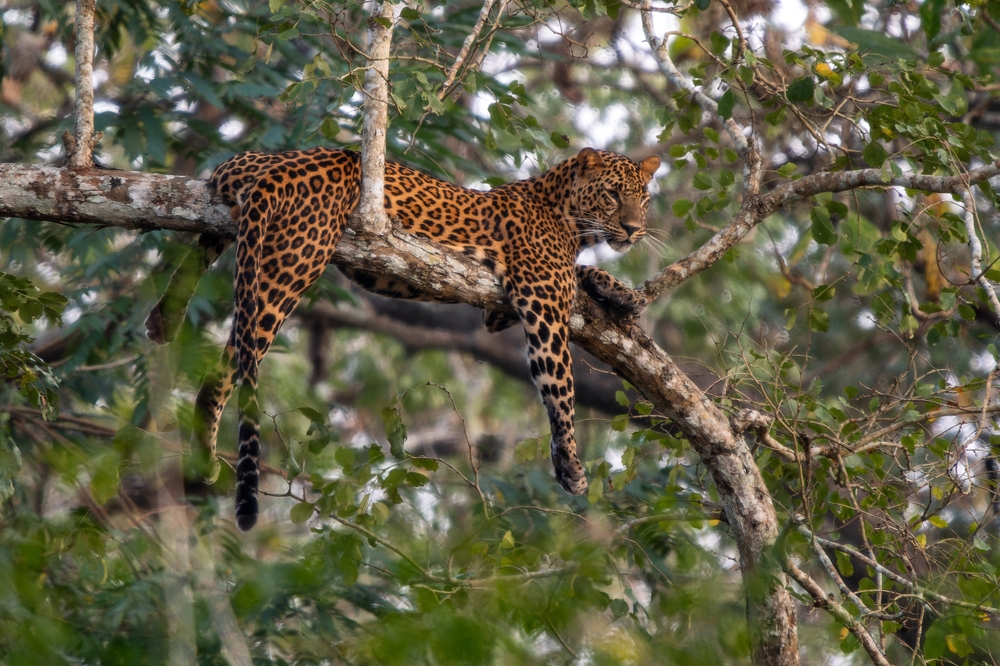Mouling Overview
Mouling National Park, located in the northeastern Indian state of Arunachal Pradesh, is a lesser-known gem of natural splendor. The name “Mouling” comes from the Adi tribal language, translating to “red poison,” a reference to the toxic plants that grow abundantly in the region. Covering an area of approximately 190 square miles (485 square kilometers), this park is nestled within the rugged Eastern Himalayan ranges, making it a treasure trove of biodiversity and pristine wilderness. It lies near the town of Jengging in the Upper Siang district and forms a vital part of the Dihang-Dibang Biosphere Reserve.
The terrain of Mouling National Park is strikingly diverse, ranging from lowland forests to steep, lofty mountains, with elevations varying between 750 and 3,065 meters (2,460 to 10,055 feet). The park is characterized by its dense tropical and subtropical rainforests, interspersed with temperate broadleaf and conifer forests as the elevation rises. These forests are a vibrant mosaic of vegetation, including towering sal, oak, and rhododendron trees, with undergrowth rich in ferns, orchids, and bamboos. The Siang River, a significant tributary of the Brahmaputra, flows along the park’s edges, contributing to its lush landscapes and serving as a lifeline for the flora and fauna within.
Mouling National Park is a haven for wildlife enthusiasts and birdwatchers. It is home to an impressive variety of fauna, including some of India’s most iconic and elusive species. Large mammals like the Bengal tiger, Indian leopard, and Himalayan black bear roam the park’s forests, while smaller species such as the red panda and clouded leopard find sanctuary in its dense foliage. The park is also a birding paradise, with species like the great hornbill, black-necked crane, and pheasants enchanting visitors with their vibrant plumage and calls. Additionally, primates such as the hoolock gibbon add to the rich biodiversity of this protected area.
Among the park’s most popular features are its secluded waterfalls and panoramic mountain views, which provide breathtaking backdrops for trekkers and nature lovers. Visitors can explore the park through designated trekking routes that offer opportunities to experience its raw beauty firsthand. Activities such as birdwatching, wildlife photography, and camping enhance the immersive experience. Guided tours led by local tribal communities allow visitors to connect with the park’s natural and cultural heritage.
Mouling National Park faces significant conservation challenges, including deforestation, poaching, and habitat loss due to human encroachment. However, efforts by the Arunachal Pradesh Forest Department and local communities have been successful in implementing protective measures. Awareness programs and eco-tourism initiatives have bolstered conservation while fostering sustainable livelihoods for nearby residents. These efforts aim to preserve the park’s unique ecosystems for future generations.










































































